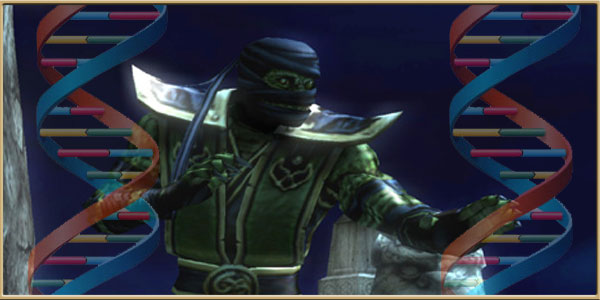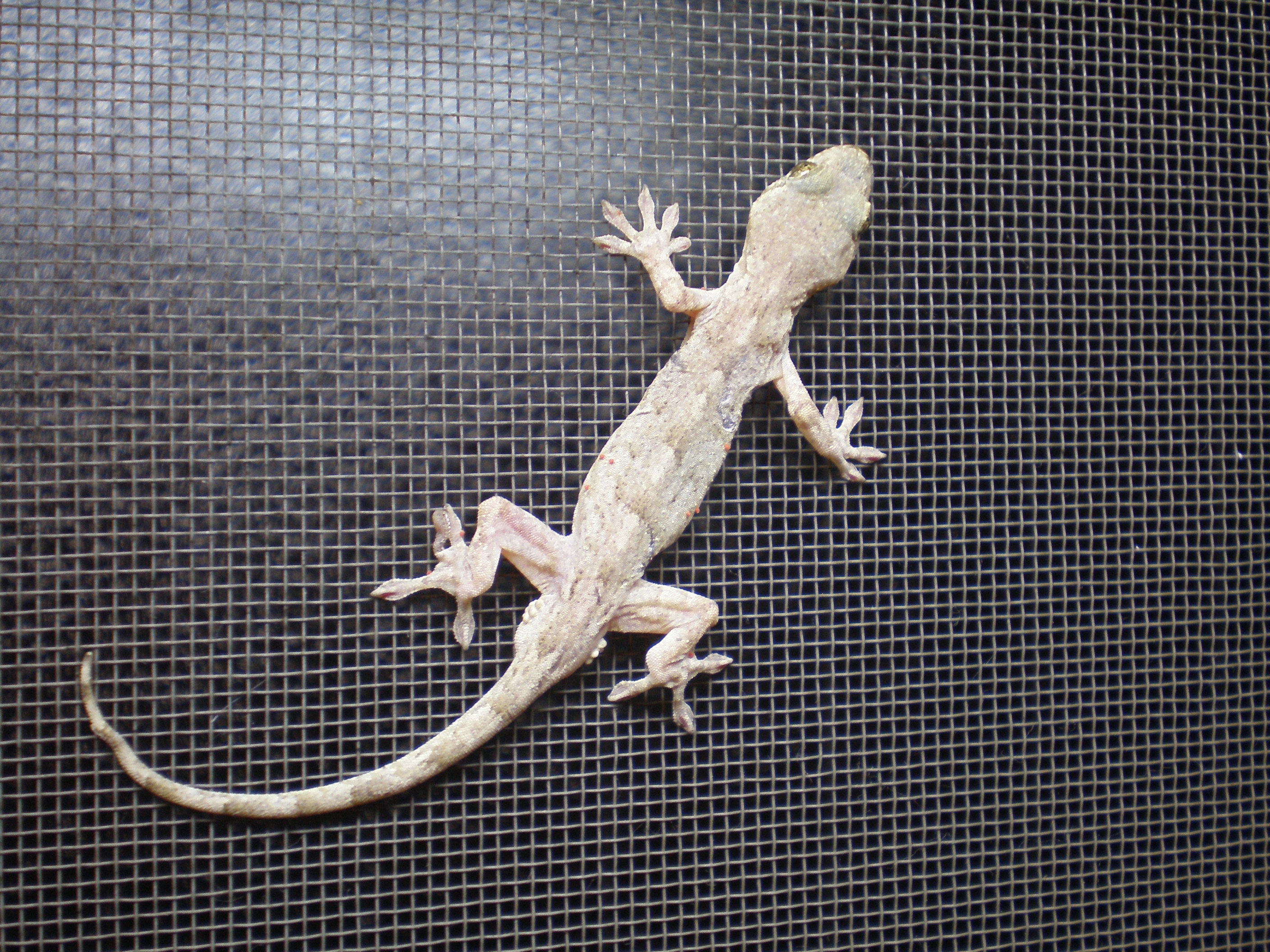The Menagerie Part 4: The Reptilian
As explained in the Introduction, we’re making a team of superheroes with animal powers. What better way to follow up the Canine and the Feline than with … the Mouse! Unfortunately, mice just don’t have the powers to one-up the other two previous heroes. And unless it’s Mighty Mouse, there aren’t enough unique super powers to be concerned with. So instead, we’re going to look at … The Reptile!
[Main image: Mortal Kombat Wiki]
Many people are scared of reptiles, which works to this hero’s favor. The reptilian also allows us to touch on super abilities which are far removed from the normal mammalian types. But first, just as the Canine and the Feline, we cover the standard freak-making.
Appearance
First off, we need to make a person look reptilian. In circus sideshows, an Alligator Man was often inflicted with a skin disease, usually Ictheosis. This gives a scaly appearance. However, it’s often debilitating and occasionally lethal. It also looks less like reptilian skin and more like fish scales. So we probably shouldn’t inflict any such condition on our hero.
So instead, we look to the world of extreme body art. Erik “The Lizardman” Sprague is an excellent example. The “scaling” can be done through simple body tattooing. Skin texture can be added by adding plastic implants under the skin. And then there’s the whole splitting the tongue. Presto, instant lizard man.
Other things like tails could get in the way of movement. And we’ll also leave off things like turtle shells, as this hero won’t be of the teenage mutant ninja variety.
Venom
When one thinks of reptiles, snakes usually are among the first animals that come to mind. Snakes are the most fearsome when they’re venomous. Snake venom is produced in highly modified saliva glands. Hopefully someone with this power won’t become a wild sports fan who would spit on the ref.
Snakes can have one of three types of venom, and two methods of delivery. The three types of venom are the Cytotoxin which begins digestion on the inside of the prey, the Hemotoxin which is a blood coagulant (causes thickening and clotting of the blood, blocking the blood stream), and the Neurotoxin which attacks the nervous system of the prey. Even dry bites (non-venomous bites) can be extremely dangerous if untreated as it can become badly infected. Bites are the most well-known method of venom delivery. However, the spitting cobra and the Rinkhals are known to spit venom at the eyes of the victim.
For our reptile hero, the focus should be on spitting venom, but perhaps with the ability to bite if needs be. The venom should be a diluted version of the Neurotoxin type which can incapacitate, but not powerful enough to shut down the respiratory system. To kill someone by way of asphyxiation wouldn’t be all that heroic.
Wall Walking
Geckos are magnificent reptiles. Some can save you on car insurance, but all of them can walk up flat surfaces almost as if it’s level ground. In fact, the smoother the surface, the better the adhesion. This is because of static electric forces called van der Waal forces. We typically don’t experience these forces because of the limited surface area on our skin. But researchers have found that gecko feet have millions of microscopic hairs which allow van der Waal forces to bond their feet to the surface at the sub-atomic level. This has led researchers to work on special Gecko Gloves which would allow a person to scale a sheer surface. Of course there are other possible uses for the technology, but who cares about those? Here’s a technology which could potentially put Spider-Man to shame!
Chameleon
And now it’s time for some real fun. Some species of chameleons are able to change color. Contrary to popular belief, the changing colors is primarily used for social signaling. It’s to warn others of danger, tell the general health of the particular lizard, and I would think it would also be used to tell each other jokes in a weird chameleon sort of way. However, one species of chameleon, the Smith’s dwarf chameleon, does use its color changing ability as camouflage. It’s also what most people would expect out of such a lizard. But can we take the concept further into complete invisibility?
Several methods of invisibility are being developed as we speak. One is being developed in Japan using a reagent to turn biological cells completely transparent. Now if they can get it so it works on living cells, it would not be complete invisibility. It would be more of an apparition moving through the environment. But at least it would be a lot less detectable. The hero would also need to have a costume which can turn invisible as well, lest everyone sees a set of clothing hovering in the air. The costume would have to turn invisible last in order to prevent a rather embarrassing transformation. And the skin would have to vanish after the internal organs and reappear before in order to prevent a rather disgusting transformation.
A second method is using what are called metamaterials. These have components which are smaller than the wavelength of light and can bend light around an object. So far, they’ve only been able to accomplish this in the microwave frequencies, much lower frequencies than visible light. So if you want to keep your food cold in the microwave oven …
Yet another approach is to use sheets of carbon nanotubes to take advantage of the mirage effect in order to hide an object. While it’s practically instantaneous on and off, they have only been able to make it work underwater so far. That’s great if you want to hide from Aquaman.

But there’s a serious issue here. If light is bending around or passing right through the hero, then it’s not being absorbed by the retina. Therefore, the eyes are not doing their job! An invisible hero is a blind hero. Hello darkness, my old friend. All the villains have to do to find the hero is look for the furniture being knocked over and listen to the sound of the hero tripping over the ottoman and face-planting on the coffee table. Or they can throw some sort of goop on the hero, and the hero becomes visible while only being able to see total black.
So we’ll stick with the color change option. After all, a costume that changes colors is well within known technology.
So there you have it. We now have a reptilian hero who can spit venom, climb up smooth surfaces, and camouflage himself. Now our hero is ready to fight crime without being turned into a pair of lizard skin boots.
Next up: The Insectoid ->
![]()





